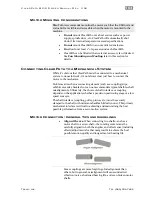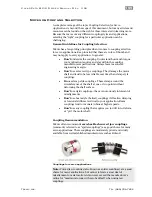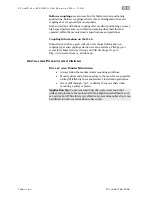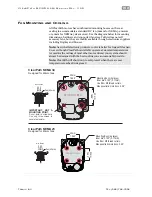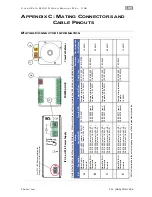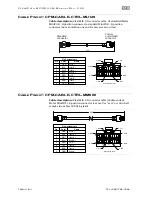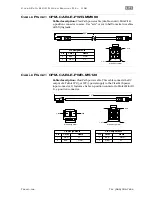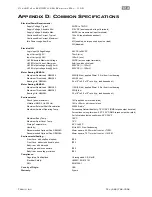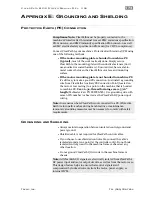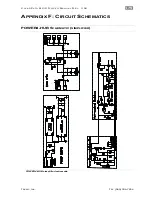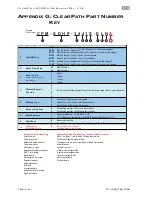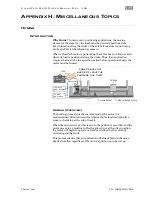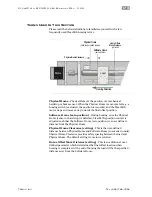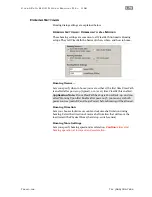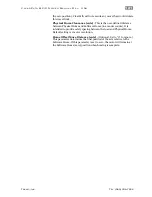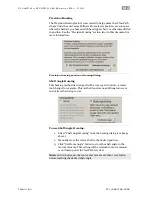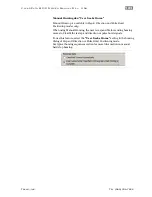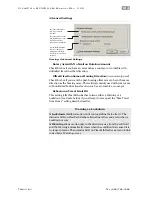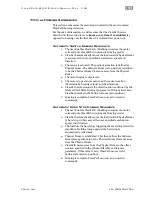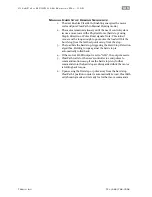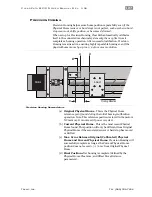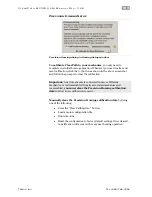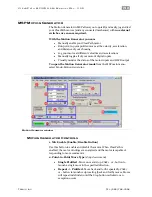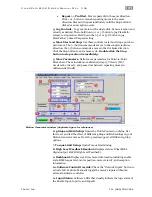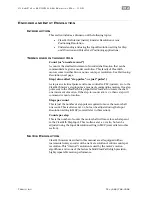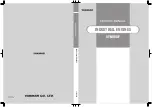
C
L E A R
P
A T H
M C / S D
U
S E R
M
A N U A L
R
E V
.
3 . 0 9
1 7 7
T
EKNIC
,
I
NC
. T
EL
.
(585)
784-7454
A
PPENDIX
H:
M
ISCELLANEOUS
T
OPICS
H
OMING
I
NTRODUCTION
Why Home?
In many servo positioning applications, the moving
element of the stage (i.e., the load) must be precisely positioned at a
known location along the stroke of the axis before accurate positioning
can begin. This is where homing comes in.
When a ClearPath motor is powered up the motor does not know exactly
where its load is positioned along the stroke. Thus, if an application
requires the load to be in a specific location before operations begin, the
motor must be homed.
power’s back on!
Where’d I leave the
carriage this time?
Enabled
Not Enabled
Home
Not Home
main
POWER
ON
OFF
click !
Home Sensor
Flag (interrupts sensor)
Carriage
H
OMING
(O
VERVIEW
)
The homing process typically involves moving the motor in a
predetermined direction towards a physical home location (typically a
sensor or hardstop at the end of travel).
When the motor arrives at this location, the position is recorded, and the
motor moves to a predefined offset location. Once at the offset position,
the motor will begin to operate normally as defined by the currently
selected operating mode.
This process ensures that an application will always begin in the same
physical location regardless of the motor's position upon power-up.

